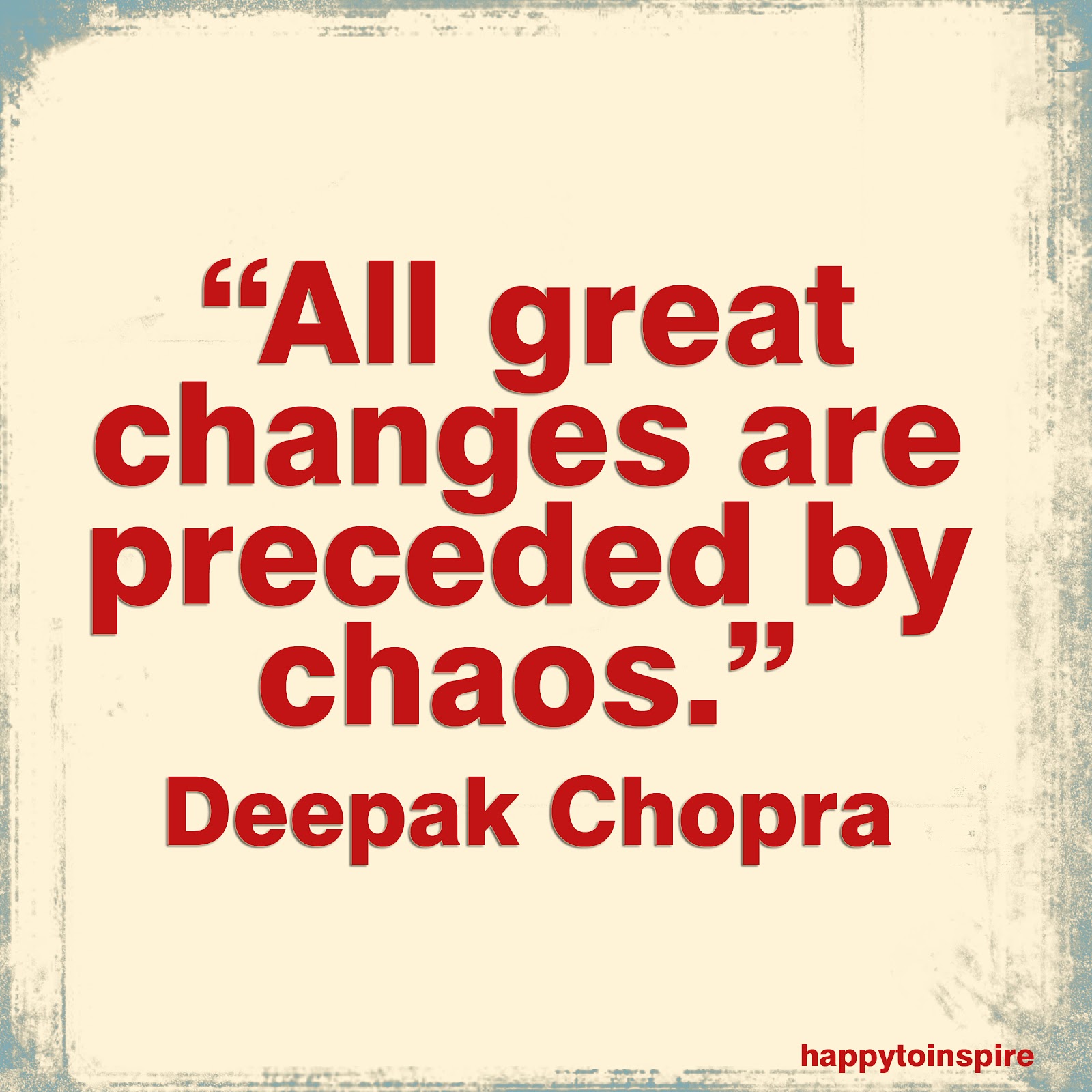Every picture tells a story, and sometimes, the narrative is enriched by what comes before it. The concept of a "preceded picture" invites us to delve deeper into the moments that lead up to that captured frame, revealing layers of emotion, context, and significance. Whether it's a family portrait, a historical event, or a candid shot, understanding the background of an image can transform our perception and appreciation of it. In an age where images are ubiquitous, the importance of context cannot be overstated. This article will explore the nuances of preceded pictures, examining how they can shape our understanding and interpretation of visual storytelling.
As we journey through the realms of photography and art, we will uncover the many facets of preceded pictures, from their historical significance to their emotional weight in personal narratives. Through a series of structured inquiries and analyses, we aim to unravel the intricate relationship between an image and its predecessor, shedding light on how anticipation and prior moments contribute to the overall impact of a photograph. Join us as we embark on this exploration, where every click of the camera holds a universe of stories waiting to be told.
In this exploration, we will not only ask questions but also seek answers that help us appreciate the art of visual storytelling. What makes a preceded picture significant? How do the moments that precede an image influence its meaning? Let's dive into these essential inquiries and discover the captivating world of preceded pictures.
What is a Preceded Picture?
A preceded picture refers to any image that has a narrative or context shaped by moments that occurred prior to the photograph being taken. This could apply to personal photographs, historical images, or artistic creations. Understanding the backstory of an image enhances our connection to it and allows us to appreciate the complexities involved in capturing that moment.
Why Are Preceded Pictures Important?
The significance of preceded pictures lies in their ability to provide context and depth. Here are a few reasons why they matter:
- They enrich storytelling by adding layers of meaning.
- They evoke emotional responses by connecting viewers to past events.
- They help document history and personal experiences more comprehensively.
- They encourage viewers to engage critically with visual media.
How Can We Analyze Preceded Pictures?
Analyzing preceded pictures involves a multi-faceted approach:
- Investigate the historical context surrounding the image.
- Explore the emotions and relationships depicted in prior moments.
- Consider the artist's intent and the narrative they wish to convey.
- Reflect on how personal experiences relate to the image.
Who Are Some Notable Figures Associated with Preceded Pictures?
Many photographers and artists have made significant contributions to the concept of preceded pictures. Some notable figures include:
- Henri Cartier-Bresson, known for capturing the "decisive moment."
- Ansel Adams, who emphasized the context of nature in photography.
- Diane Arbus, who focused on the narratives behind her subjects.
What Role Does Emotion Play in Preceded Pictures?
Emotion is a critical component of preceded pictures. It shapes how we perceive and interpret the images. The feelings expressed in the moments leading up to a photograph can evoke empathy and connection in viewers. This emotional resonance is often what makes an image truly memorable.
Can Preceded Pictures Change Our Perspective?
Absolutely! When we understand the context of a preceded picture, our interpretation of the image can shift dramatically. For example, a photo depicting a joyful family gathering takes on a different meaning when we learn about the struggles they faced leading up to that moment. This knowledge can deepen our appreciation for the resilience and joy captured in the photograph.
Exploring the Biography of a Notable Photographer
To illustrate the concept of preceded pictures further, let’s explore the life of a renowned photographer known for their ability to capture moments with rich backgrounds.
| Name | Date of Birth | Nationality | Notable Works |
|---|---|---|---|
| Henri Cartier-Bresson | August 22, 1908 | French | The Decisive Moment, Images à la Sauvette |
Henri Cartier-Bresson is often hailed as the father of modern photojournalism. His philosophy centered around the idea of capturing "the decisive moment," where the emotion and context of the scene converge to create a powerful image. His work often reflects the stories leading up to the moment he captured, making the concept of preceded pictures integral to his style.
How Do We Create Our Own Preceded Pictures?
Creating our own preceded pictures involves intentionality and awareness of the moments we wish to capture. Here are a few tips:
- Be present and observant of your surroundings.
- Document the moments leading up to significant events.
- Focus on the emotions and interactions happening around you.
- Experiment with storytelling through photography.
What Can We Learn from Preceded Pictures?
Preceded pictures teach us about the importance of context in storytelling. They remind us that every image is part of a larger narrative, shaped by the moments that come before it. This understanding can transform our approach to photography, art, and even our personal experiences.
In conclusion, the concept of preceded pictures enriches our understanding of visual storytelling. By exploring the moments that lead up to an image, we can uncover deeper meanings and emotional connections. Whether through the lens of a famous photographer or in our personal lives, preceded pictures invite us to appreciate the stories behind the visuals we encounter every day.
Article Recommendations
- Arianna Lima 2024
- Holland 8 Theater
- Chandie Yawn Nelson
- Manuela Gonz Lez
- Business Tactics_0.xml
- Nina Aoulik
- Creative Solutions_0.xml
- Pioneer Dj
- Mia Hamm Soccer Player
- Sheryl Lowe Age


